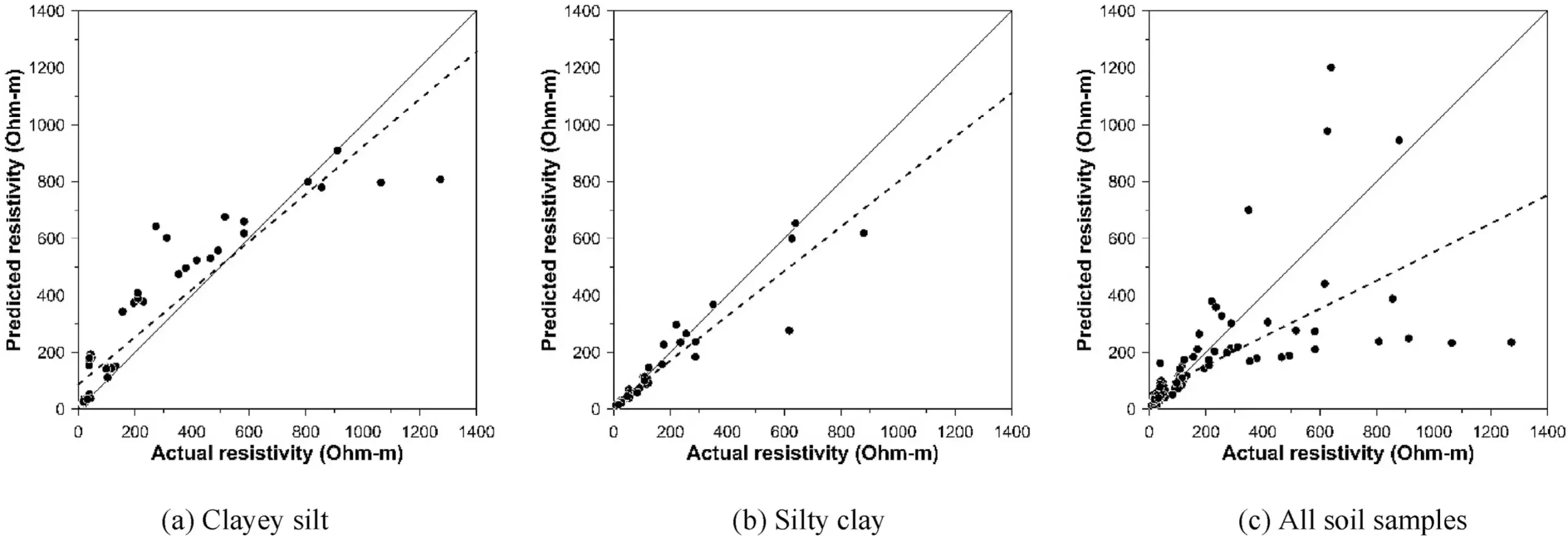In electrical infrastructure, particularly within substations, the integrity and efficacy of grounding systems play a pivotal role in safeguarding both equipment and personnel. Grounding systems are engineered to direct fault currents safely into the earth, thereby mitigating the risks of electric shocks, fires, and damage to critical electrical components. Given the escalating demand for reliable power supply, the design of these systems must involve a meticulous understanding of soil characteristics, particularly soil resistivity. A low-resistance path is crucial; hence, thorough investigations into soil properties become indispensable for constructing effective grounding systems.
At the core of designing successful grounding systems is the assessment of soil resistivity, a measure that greatly influences the system’s performance. Accurate measurements are non-negotiable, as erroneous data can result in grounding systems that fail to provide adequate protection. The Electricity Generating Authority of Thailand, for instance, stipulates that soil resistivity for substations should be less than 80 Ohm-meters. Unfortunately, instances where soil resistivity does not meet these requisite standards are prevalent, underscoring the pressing need for robust methodologies to assess soil electrical properties effectively.
Research efforts have diligently explored the multifaceted relationship between soil resistivity and various geotechnical parameters. Factors such as moisture levels, salt concentration, clay presence, and particle size are all known to affect resistivity, complicating the landscape of grounding system design. Despite advancements in understanding these relationships, a comprehensive predictive model remains elusive, indicating a gap in operational precision in applying this knowledge.
To address this critical gap, a research team spearheaded by Professor Shinya Inazumi from the Shibaura Institute of Technology undertook an extensive study on the interplay between soil resistivity and geotechnical attributes. Conducted under meticulously controlled conditions of temperature and humidity, this research aimed to forge new predictive models that could better inform the design of grounding systems amidst varied soil compositions.
During the investigation, the researchers thoroughly analyzed thirty soil samples collected from key locations within the Thai power grid substation. The goal was to establish significant correlations between the electrical resistivity of these samples and specific geotechnical properties. The study focused on three primary parameters: water content, plasticity index (a measure of clay content), and dry density of the soil.
Results from the research indicated a pronounced relationship between soil resistivity and moisture levels. Specifically, it was observed that resistivity increases correspondingly with decreases in water content. While the effects of the plasticity index and dry density were weaker, the vital role of moisture cannot be understated. The researchers employed nonlinear multiple regression analysis to capture the interactions among these soil characteristics, thereby enhancing the predictive capability regarding soil resistivity.
The statistical analyses yielded a coefficient of determination (r²) of 0.8281 for the relationship between resistivity, water content, and plasticity index, and 0.7742 for resistivity correlated with water content and dry density. These findings underscore the potential of developing reliable predictive models that hinge predominantly on water content, complemented by soil composition factors.
However, the researchers cautiously acknowledged limitations within their model, particularly its applicability to cohesive soils with fine particles and the restricted variety of soil samples. Future investigations promise to broaden this scope by incorporating a more diverse array of soil samples, thereby enhancing the model’s applicability.
The implications of this study extend beyond just enhancing electrical substation grounding systems. By optimizing substation design, the models developed offer significant cost-saving potential, reducing the necessity for extensive soil testing while ensuring compliance with regulatory standards. The adaptability of these predictive models also opens avenues for environmental monitoring, showcasing the versatility of the research outcomes.
This groundbreaking study marks a significant advancement in soil resistivity assessment and its application to electrical infrastructure, especially within substations. By developing methods that blend geotechnical analysis with predictive modeling, the research sets the stage for safer ground systems, thereby contributing to a more reliable power supply. This reliability is indispensable, not only for operational efficiency but also for stimulating sustainable economic growth. Researchers and engineers alike can draw upon these findings to bolster the resilience of our energy infrastructures in an increasingly demanding world.

